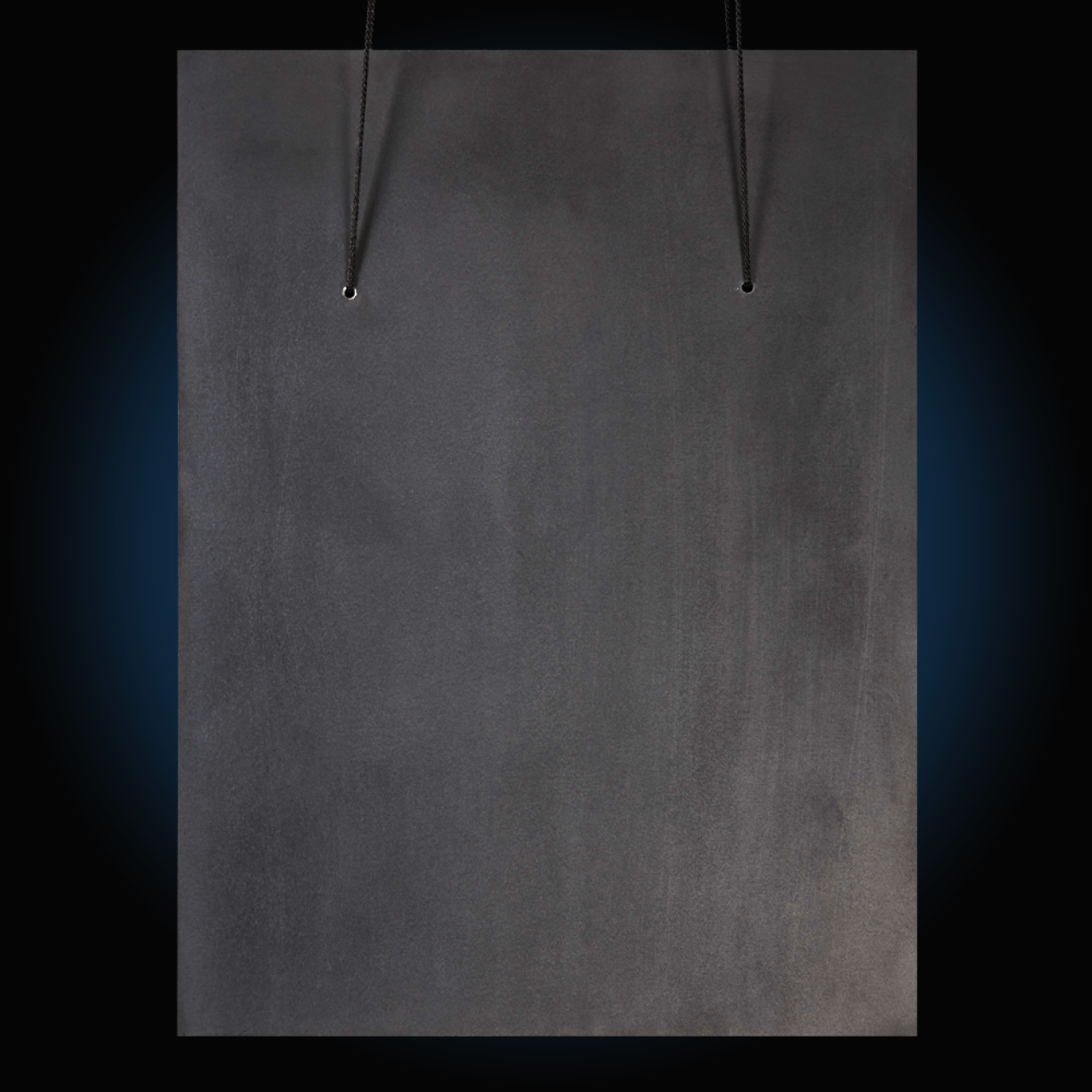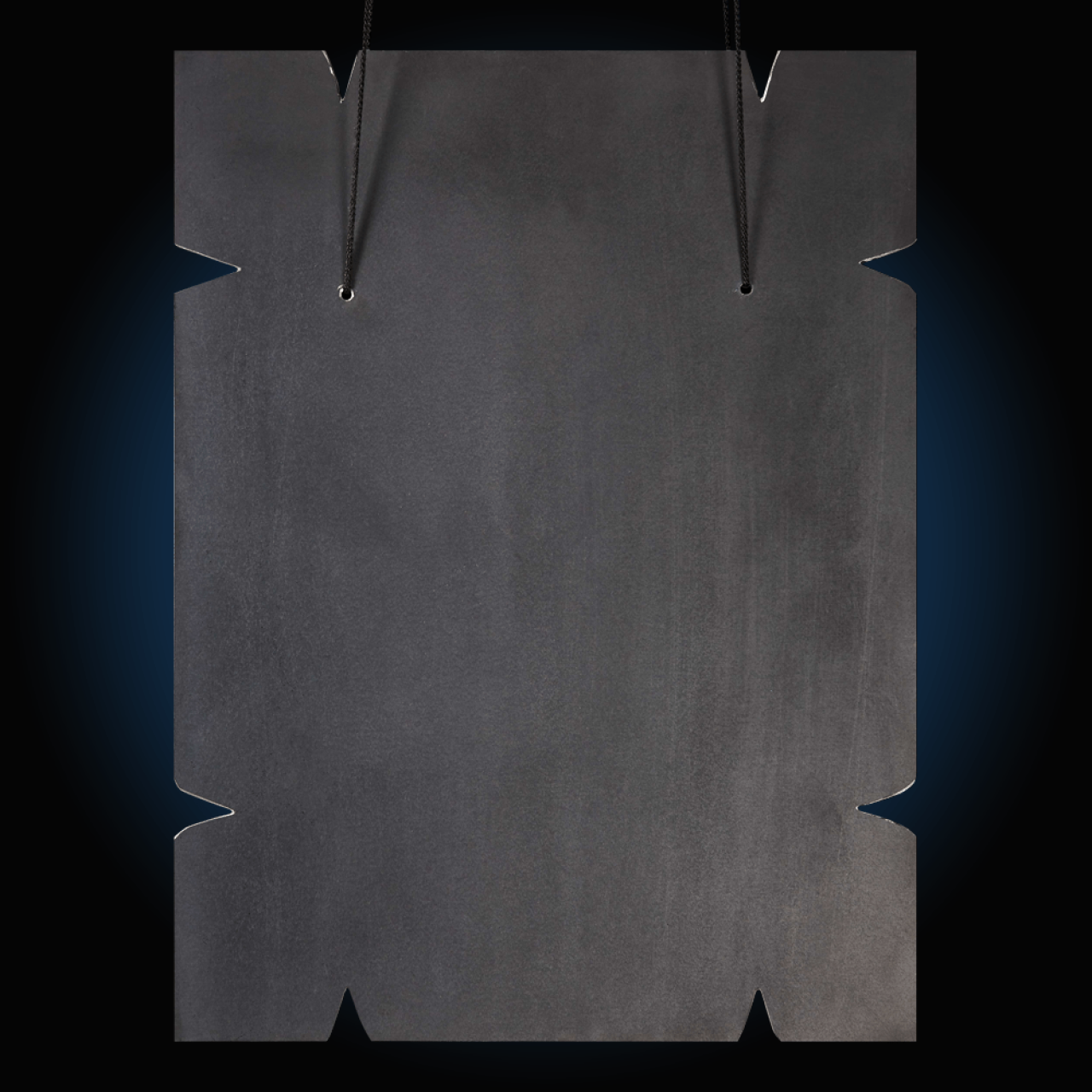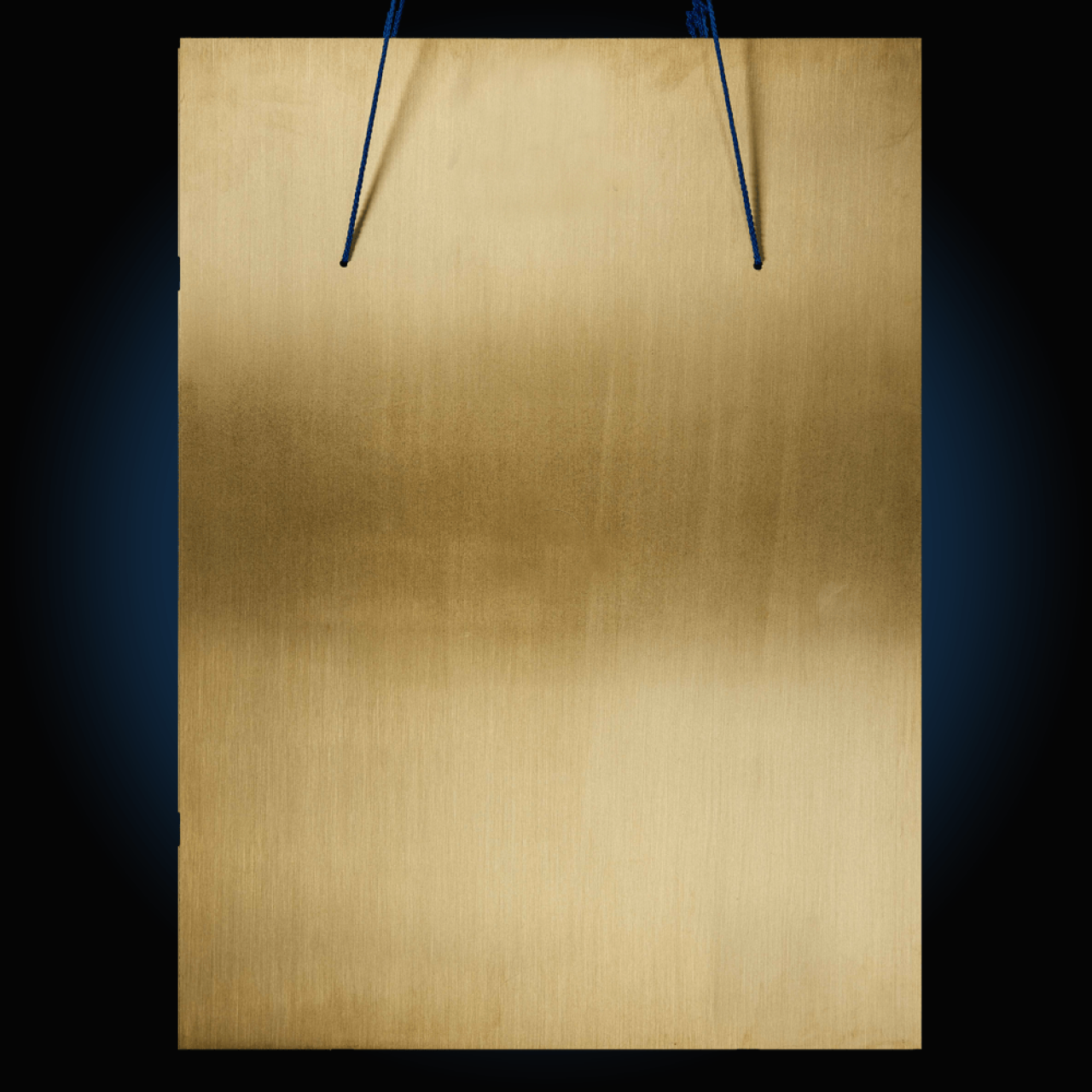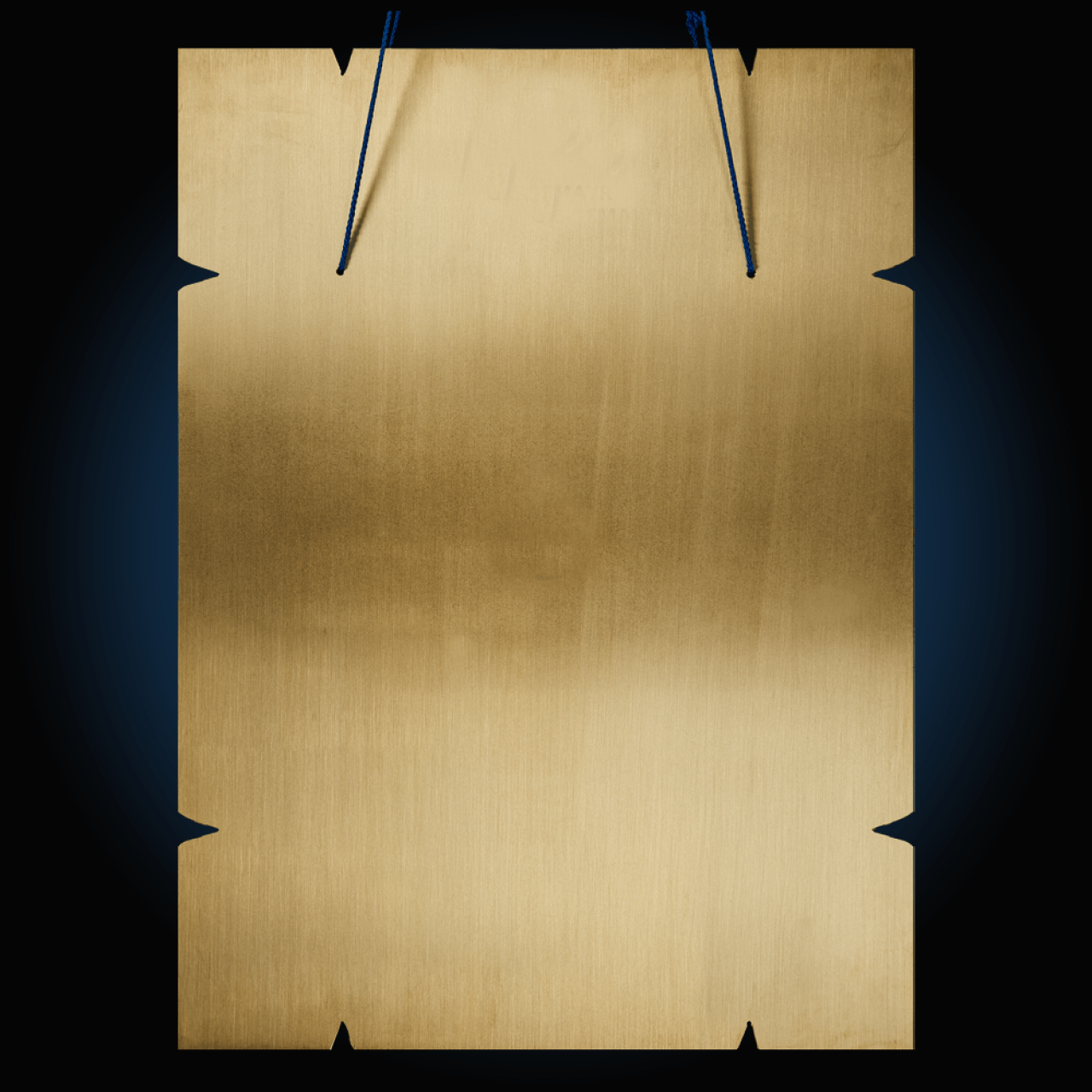Material | Select bell brass or high quality steel |
Weight/Dimensions | Steel approx. 30% lighter and approx. 15% smaller than brass |
Variante | Tuned to two or three octaves (tuning of the overtones) |
Tonal range | Sub-Contra C0 – C5 |
Tuning | 440–445Hz |


Material: | High quality Steel |
Tone: | Darker timbre Stronger connection to the fundamental tone |


Material: | Select bell brass |
Tone: | More brilliantly Longer reverberation |
Material | Select bell brass or high quality steel |
Weight/Dimensions | Steel approx. 30% lighter and approx. 15% smaller than brass |
Variante | Tuned to two or three octaves (tuning of the overtones) |
Tonal range | Sub-Contra C0 – C5 |
Tuning | 440–445Hz |
Bell plates let deep bell tones sound which cannot be reached by church bells or tubular bells in the orchestra. The register is coordinated with the specific area of application in the orchestra and enables, among other things, the reproduction of tones which have originally been composed for the contra octave, for example Wagner's Parsifal (E-G-A-C) or Puccini's Tosca (E).
The suspension holes are located exactly at the vibration node point, to enable the full sound development. In the process, rounded corners are deliberately left off to avoid possible effects on sound purity.
Through this extensive range, we open the possibility for our clients to expand, complete or replace existing bell plate sets from former manufacturers (i.e. Grabmann, Becker) piece by piece.
Special explanatory note:
The sound of a bell plate is strongly influenced by the mallet and the point of contact. Soft mallets and the middle point of contact tend to let the sound of the fundamental tone be heard. Hard mallets and the point of contact in the upper/lower third allow more partials to ring, whose richness can cover the fundamental tone.
If you are interested, we will gladly provide you with a test set of the 4 variants!